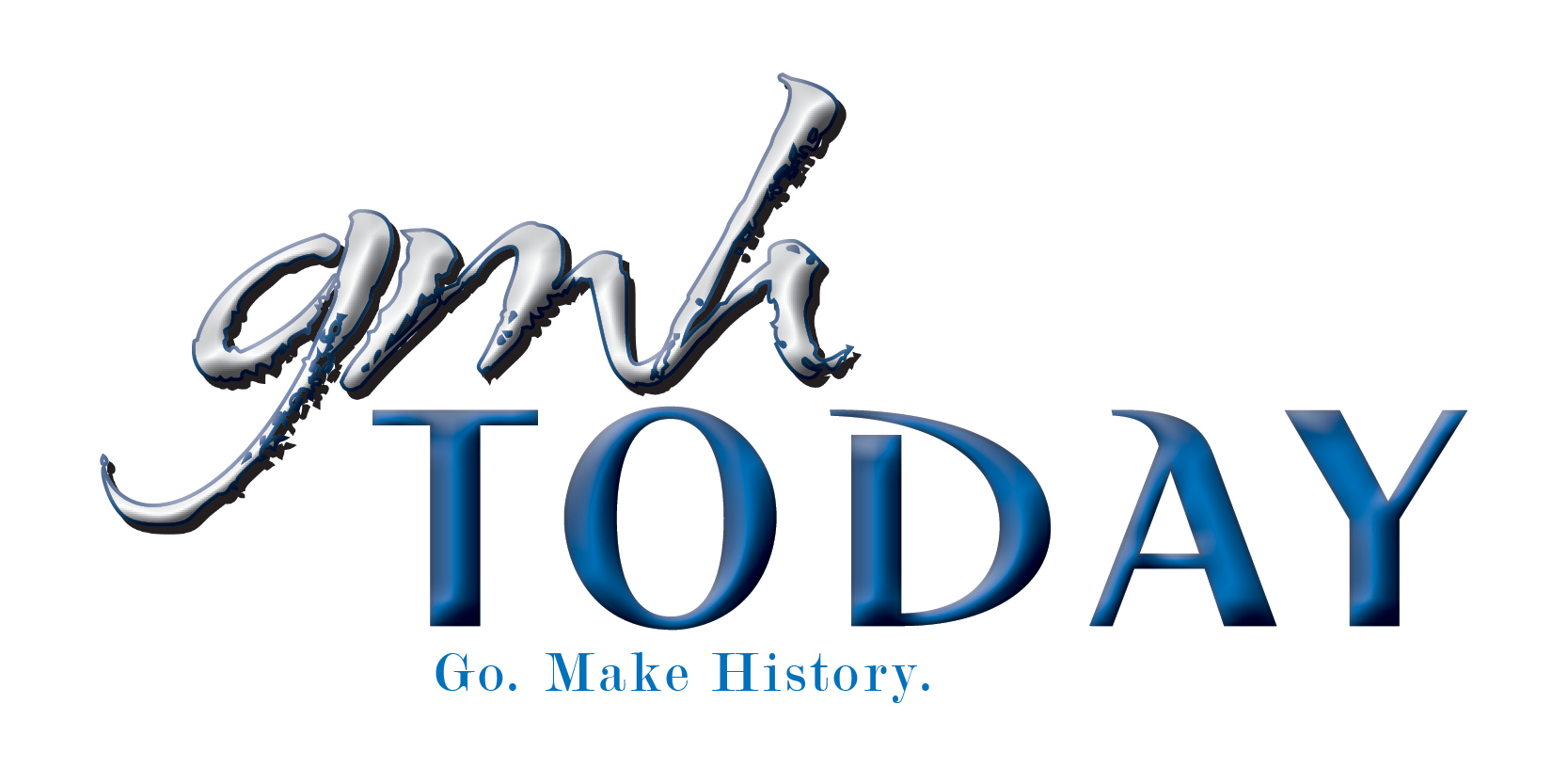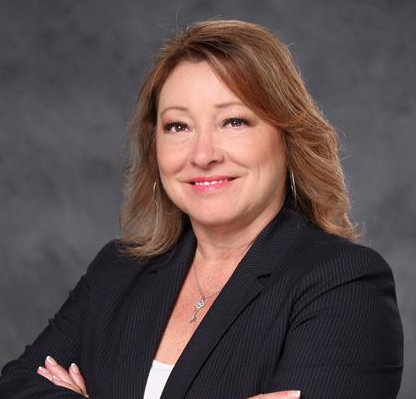Pathways to Resilience
The past few years have challenged us with illness, isolation and despair in ways that we had not collectively experienced before. This has left us with mental health struggles at an all-time high, racial injustice asking us to look inward in new ways, and reconsidering what work/life balance means for us. We are seeing trends like the “big quit” where folks are moving jobs, even where they live, in search of work and life experiences that have deeper meaning and where wellness is supported.
The time felt right to open the conversation about our shared experiences of trauma, stress and emotional wellbeing beyond the walls of the therapy office into the community. We sought to break the stigma and isolation that can come in our times of struggle. That is how the podcast, Pathways to Resilience, began. We reached out to folks from a variety of experiences and perspectives, and talked with them about how they tap into their own resilience. What are the tools, practices and lessons that helped them harness resilience in the face of adversity? This column will share with you excerpts from these conversations in hopes that you are inspired to look within as well, and perhaps begin to build and practice your own resiliency playbook.
Accessing our Fears & Allowing Vulnerability from conversations with Guryan Tighe, Fear Technician at Fourage and Megan Bull, CEO of Reclaim Foundation
Guryan’s work challenges us to look at our fears as our greatest teacher. We often don’t talk out loud about our fears, and many times don’t even admit them to ourselves. When we pause and look at what we are afraid of, it can help us to discover our “why” and how to live it. The first step is to Fourage (Courage with an “F”) your purpose: This is having the courage to look at our fears in a way that gets to the root of what we really want. For example, if our fear is rejection, our want may be acceptance. Our purpose could be seeking meaningful connections with people who support and accept us and becoming that person for others.
A great example of tapping into fear in order to find purpose is Megan Bull. Megan survived both the Gilroy Garlic Festival shooting and a hit-and-run car accident within one year.
As she lived through the initial months of surviving these traumas, she struggled with feelings of helplessness, depression and isolation. These feelings brought about a sense of shame and embarrassment because she felt like she should be able to bounce back and take care of herself. As she began her path to healing, she realized that the shame and embarrassment were actually masking her fear of being vulnerable—afraid that allowing people to support and care for her made her weak. She shared the power of vulnerability to change the story she was telling herself. We each can look to do this. How are we telling ourselves that we are not enough or that our struggles aren’t “big enough” to really matter?
How can we shift our story by being willing to share these thoughts with a friend, a therapist—or even our journal? Allowing ourselves to be vulnerable—to be honest about how we are doing and what we are feeling—is being courageous and a positive step in taking care of ourselves.









